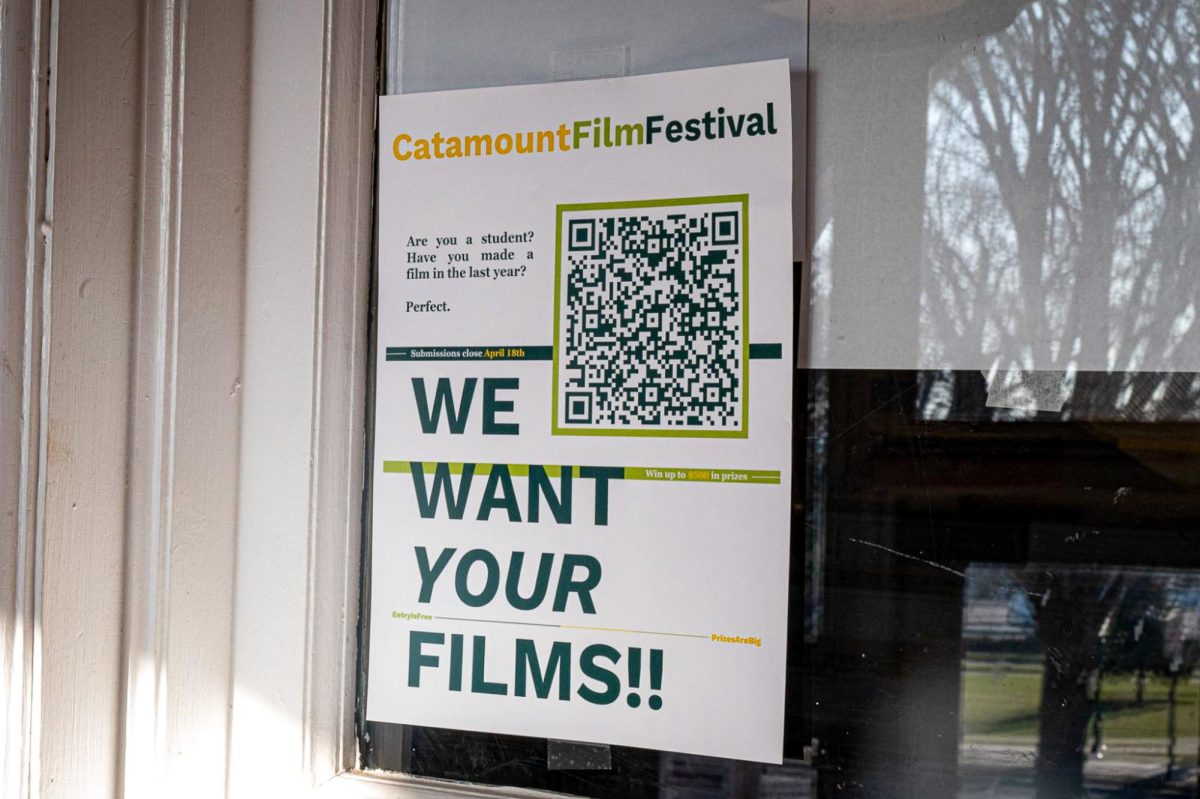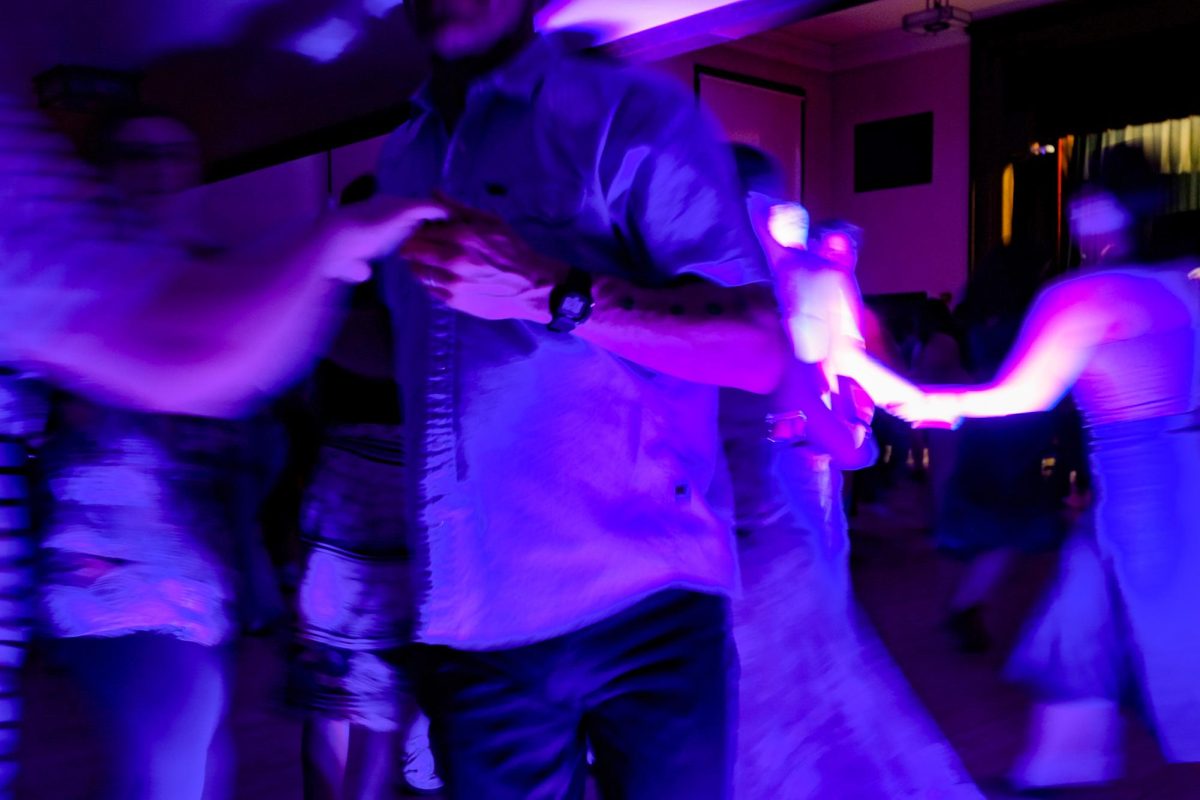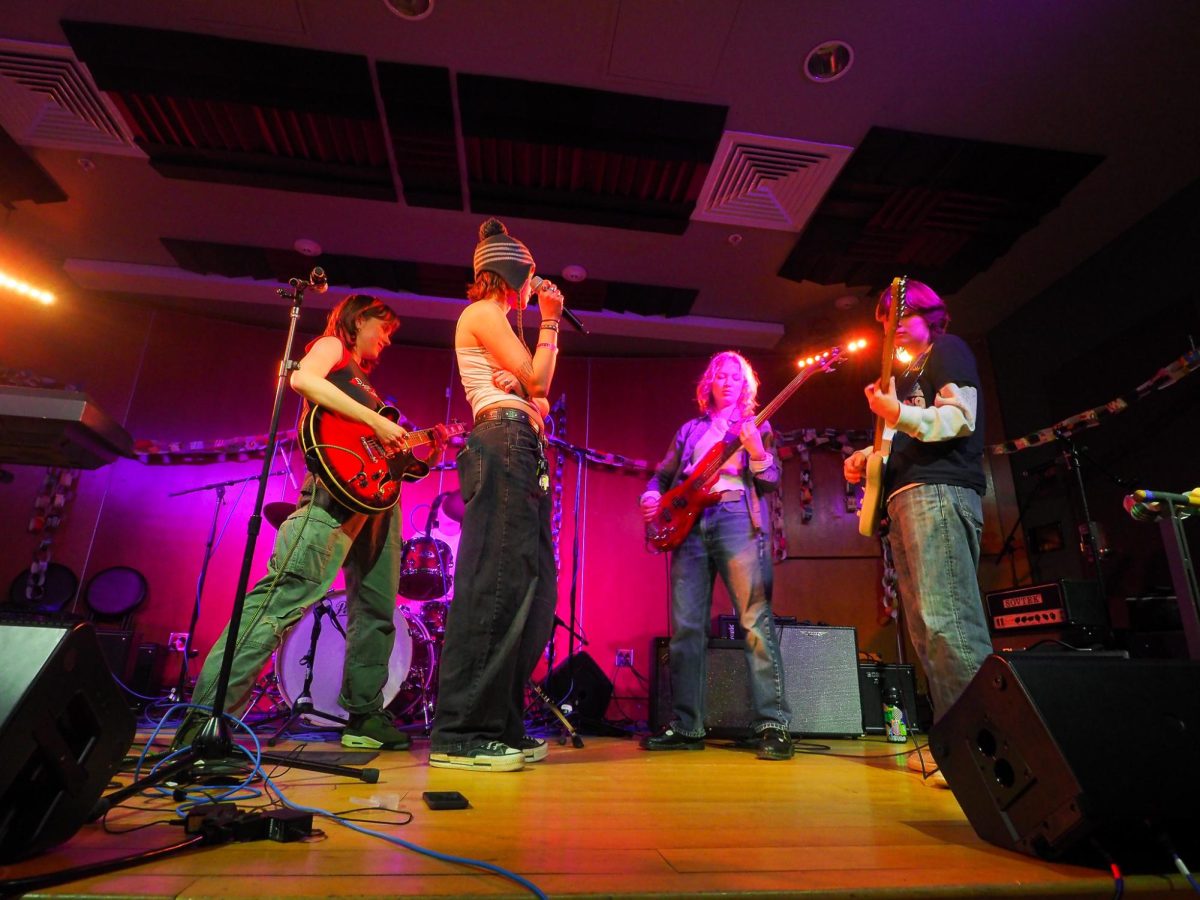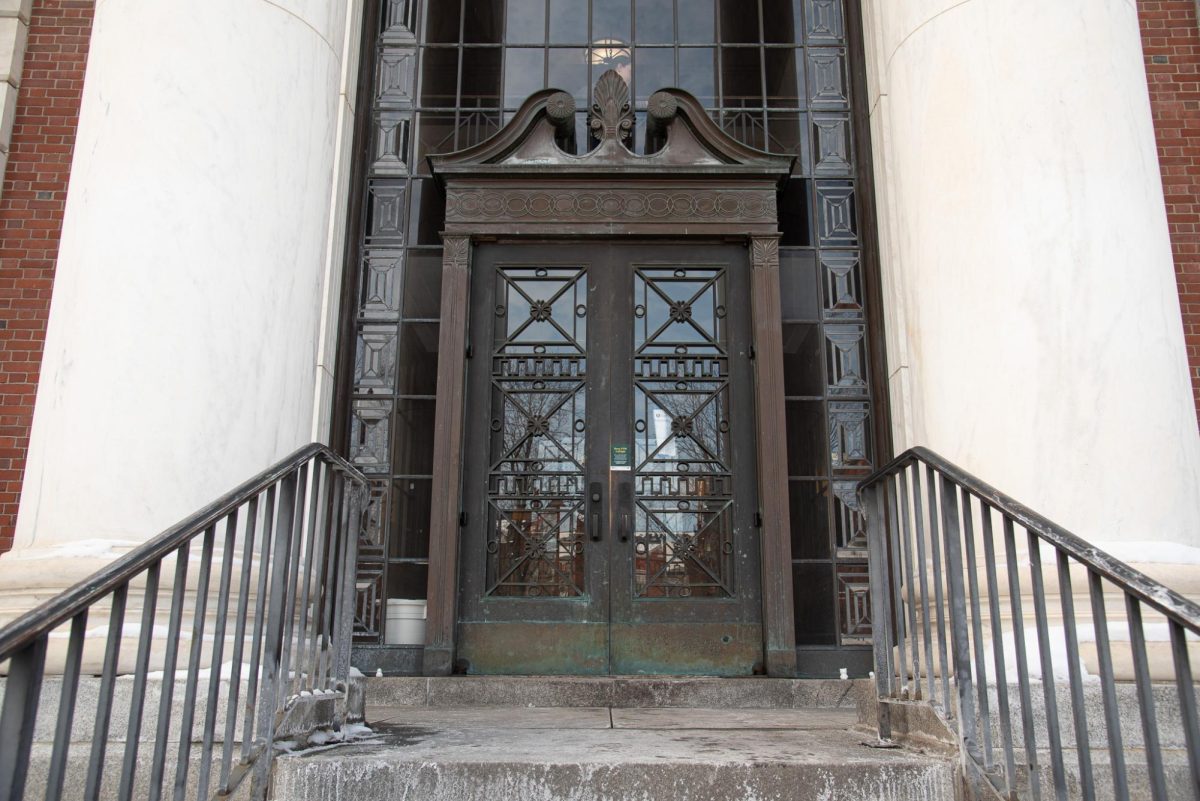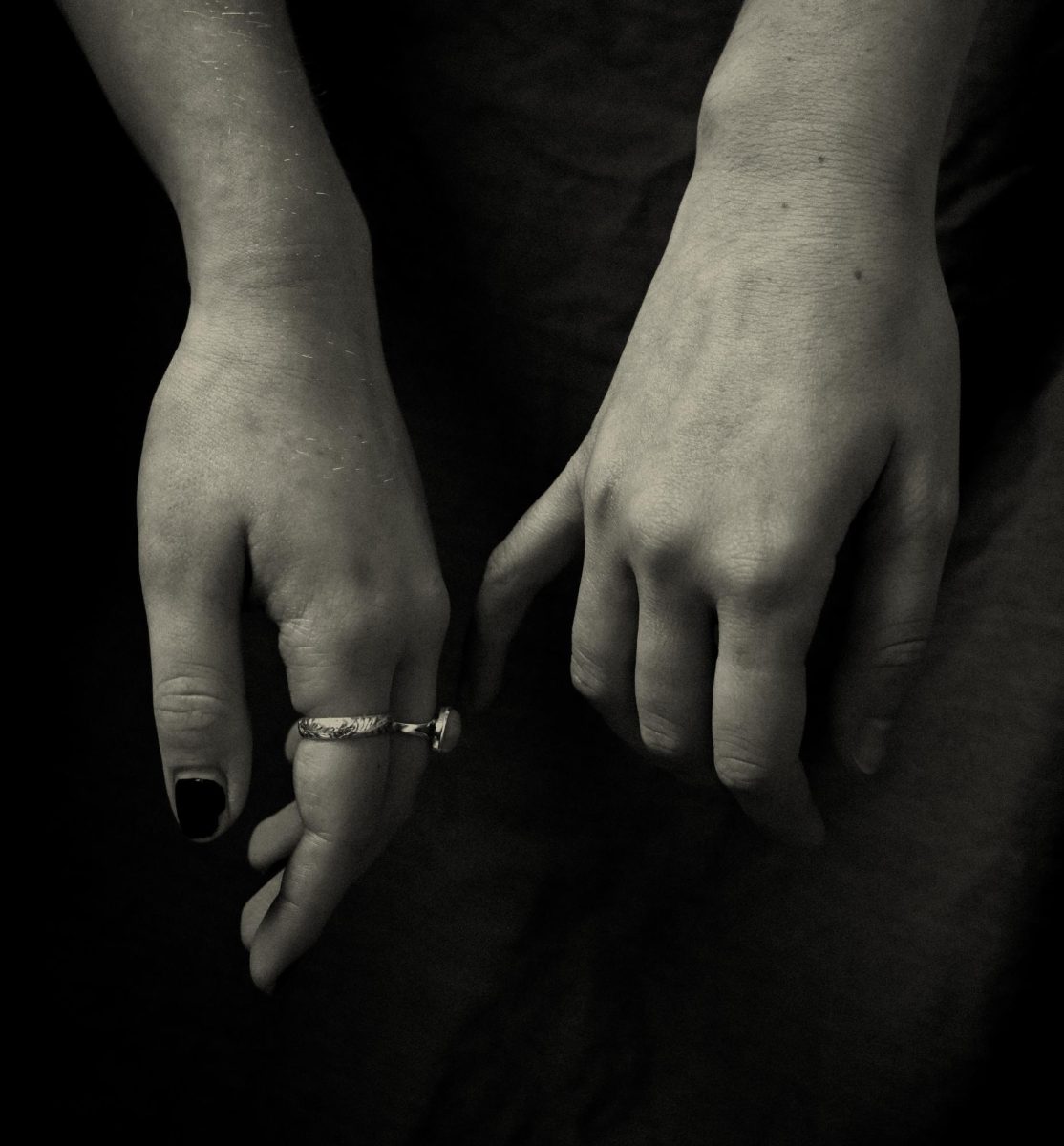It happened two weeks ago.
I was headed down Main St, towards campus, and as I crossed an intersection, I heard a new squawk from the pedestrian traffic signals that are so friendly to the blind.
The noise was loud, repetitive, and sustained.
For several minutes after crossing, I continued to hear the same noise bleed into the warming March air and I thought, “What the hell do they keep changing the noise for?”
In the course of my residency here, I had born witness to at least three distinct noises from these traffic signals and a fourth seemed a bit unnecessary.
I wondered if it were possible that the signal possessed an ear of its own and was coming up with these new sounds all by itself.
Is it possible that the primitive device was itself musically inspired and had the ability to discern one beep from another toot, and not only that, but that it was perhaps able to devise entire melodies of crosswalk music entirely for the blind?
I took the fanciful idea a step further and imagined whole symphonies of pedestrian rapture echoing across campus.
Soon, though, I actually drew on some empirical evidence and looked at the device itself, on which a seagull had perched itself. “Click.”
That was the sound of my brain engaging and realizing that it was, in fact the seagull making noise.
I had not noticed their departure in the Fall, but I had certainly acknowledged their return.
And even though they are now out of place in the snow, I find them a most graceful specimen.
Looking up that morning I observed scores of the birds drifting from building to building, much like the students themselves, aimlessly wandering where the wind currents shuffled them.
Spring had emerged from her slumber and driven the birds North; for a while, the whole campus teemed with exuberant activity.
As my friend Liam O’Reilly put it, “This is what I pictured college to be: people, just out, doing sh*t.” And it was so, people were out, doing s***.
I saw rusty lacrosse players dropping balls, and an errant frisbee strike me in the face.
There were hippies in circles and couples kissing under trees.
All these things under the cool-not cold-blue sky that was streaming with circling gulls.
What were great were the recent snowstorms.
I don’t know how the birds feel about the recent weather change, but I’m happy.
I’m not done hibernating, which is, after all, what this is about.
The seagulls brought me to the conclusion that part of this school is the winter.
And the campus hibernation is beautiful.
It is not so common that one is allowed to follow one’s biological clock, as do the animals, and sleep for 4 months every year, metaphorically speaking.
The bears are not out, ‘doing sh*t’ during December or February.
They are happy in their dens smoking pot, the bears I mean.
I don’t think you can tell me with a straight face that spring is not made more beautiful by the ridiculously-long winter.
Those five warm days were blessings, and meant to be enjoyed to their fullest while they lasted.
The winter days, all five-thousand of them every year, are harder to find the joy in, and perhaps that is why we are given so many.
Perhaps we are made to understand the joy in winter by going through so much of it.
And, by the way, the seagulls are still here, even in the snow.






